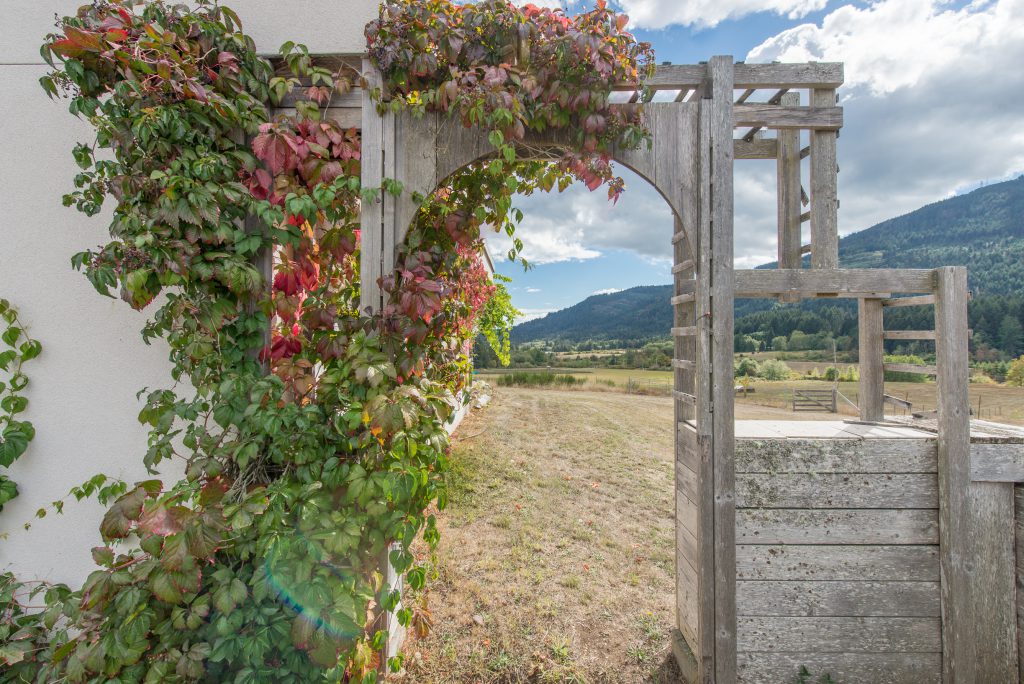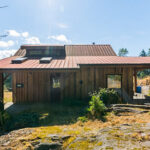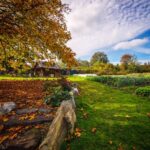March 2017
So…the season begins….traditionally, March Break to Canadian Thanksgiving Weekend (mid-March to mid-October) offers the traditional grid of real estate sales action in the coastal secondary home (recreational) markets…which includes Salt Spring.
Salt Spring is basically a seasonless market, though, and people visit year round…real estate sales can occur at any time.
If one is seriously for sale, then one needs to “be exposed to the market”. The digital world, which is now where most buyers first encounter a listing, does not recognize weather or time of year. If wanting to sell, it’s important to be found on a buyer search, at any time.

For a buyer, statistics show that they look for property almost 2 years before buying, via Internet sites. Yes, they are “interested”, but not yet “ready”.
About 6 weeks before they are in that “ready” state, they connect with a realtor and make appointments to view what has caught their attention. Once they physically arrive and view, they will see other options, too. Thus, the buyer may or may not purchase the property that first caught their attention.
Hmmm…in secondary home markets, where most buyers are from elsewhere, it often takes two (and sometimes three) visits before a purchase. Since these buyers are often from afar, there can be substantial timelines between visits…sometimes 3 to 4 months, or longer.
Time lags are a part of real estate sales in secondary home/discretionary markets. Days on market are not significant in recreational/by choice regions. Sellers know how long they’ve been listed, but to a buyer who has just started a search, everything is “new”. If a newly listed property sells quickly, it often means that a buyer has turned up for that second or third visit, right at the time the listing came onstream.
So many changes to the real estate industry, all of them driven by technological shifts, but some things remain the same…especially in the recreational/discretionary regions.
Customer service, knowledge of the area (both inventory and market trends), negotiating skills, an authentic interest in a consumer’s concerns, knowledge of zoning/bylaw issues (very important on a Gulf Island, which is governed by the Islands Trust), a good short-list of qualified professionals to aid the consumer (property inspectors, legal advisors, septic installers, water test labs, architects, contractors, mortgage advisors, etc)…a local realtor understands the area and can interpret the many local issues.
An Internet search is helpful, but some items in a recreational region are best discussed with a knowledgable & experienced local realtor. That interpreter function is an essential addition to any internet based information.
Market trends: like any market, real estate also experiences that wave-like model…up and down and somewhere in between. Markets are never static.
The global downturn of late 2008 lasted for almost 8 years in our local region…some areas saw recovery much earlier. For Salt Spring and the Southern Gulf Islands, the recovery began in mid-March, 2016. There were earlier whispers of action in late 2015, but a marked upsurge in residential sales volume began in early Spring, 2016. By year’s end, inventory had thinned out and prices had stabilized.
A seller’s market is characterized as low inventory coupled with high buyer demand. This scenario can lead to price escalation.
This early in the season, it’s too soon to speculate on price points. All that can be said is that there might only be two or three property options currently on the market that will suit a buyer. Thus, the seller may benefit by achieving list price or close to it. If this lack of inventory trend continues, then price escalation may be a factor by the Fall Market.
There is always opportunity for a buyer, regardless of market trend in play. Creative ways to buy that special property, in a recreational area, can always be found…even in a seller’s market.







